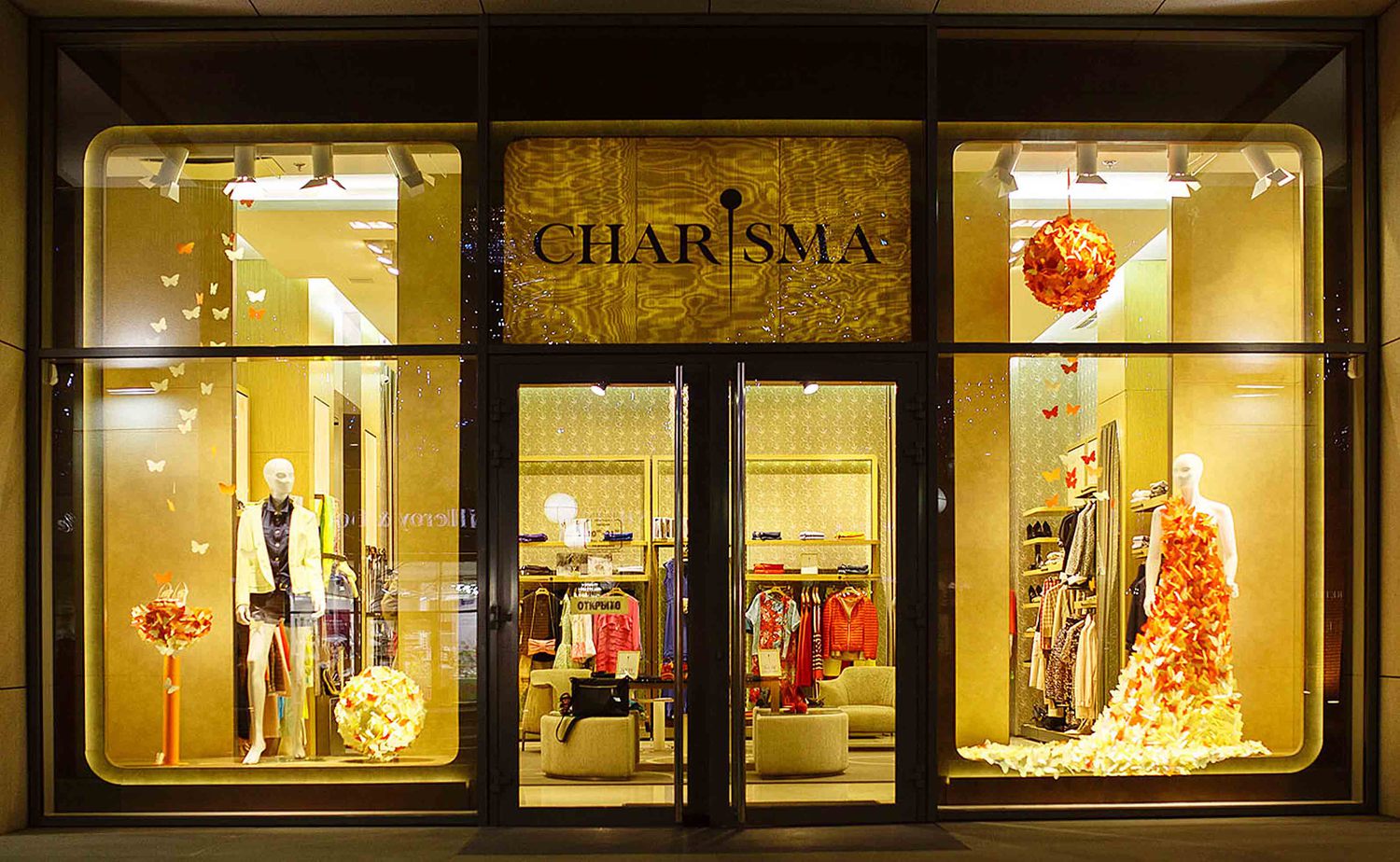Tuning Up the Ideal Museum Exhibition Setup
페이지 정보
작성자 Uta 댓글 0건 조회 6회 작성일 25-03-21 02:31본문
As it pertains to exhibiting fine art in a museum setting, the method a display is presented can create or destroy the overall guest experience. A meticulously planned display presentation in addition to the perfect setting for the visual art but also the viewer's eye and improves their perception of the art.
One of the principal components to evaluate when configuring up a art gallery exhibition layout is the floor plan. Prior to attempting arrange the fine art or designing the configuration, it is essential to establish out the flow of the guests. In an ideal situation, the route should be spacious enough to accommodate big assemblies while also allowing for individual observers to mingle if needed. A winding way can be aesthetically pleasing, but it may slow down the progress of the visitors, which can be a difficulty for busy museum spaces.
Afterwards the floor plan has been established, it is time to think about the creative configuration of the pieces. This can include picking a single dominant visual art to anchor the space and showcasing it with other pertinent exhibits. The objective is to establish a tale that ties the artwork together, whether based on method, style or historical period. Museum curators often follow the guideline of threes, choosing three pieces that complement each other in terms of colorful, ресепшн медицинский изготовление texture and energy.
Luminosity plays a crucial role in any gallery exhibition setup. The type and degree of luminosity will greatly affect the patron's experience, influencing not only the sight but also the atmosphere and atmosphere. Hard lighting can create some artworks appear too intense, while mellow illumination may not afford enough variation. Likewise, inviting versus frosty lighting can establish different mood, including warm to sophisticated. To balance these factors, curators often combine multiple light sources, experimenting with integrating warm and cool hues to attain the desired result.
In conclusion, the physical context of the display itself can greatly impact the patron's experience. Features such as the surfaces, ground and fittings must all work together to create an context that is both engaging and unified. For example, picking visual art that enhances a given space's layout can be a effective way to augment the overall experience. On the other hand, conflicting visuals or clashing shapes can detract from the aspect of the gallery and reduce from the overall effect of the visual art.
In addition, multimedia aspects must also be attentively incorporated into the exhibition layout. This might include computerized screens displaying additional information about the artwork, multimedia recordings| multimedia|multimedia recordings|multimedia presentations} exhibits or even hands-on events. As electronetics continues to advance, galleries are rapidly identifying innovative methods to merge traditional creations with contemporary interactive experiences, resulting in truly engaging displays.
In the end, the essential to a productive gallery exhibition layout exists in a delicate harmonize of artistic imagination, expertise knowledge and concern for detail. By evaluating these elements, curators can not only display the visual display but also design an engaging and memorable experience for the guest.
One of the principal components to evaluate when configuring up a art gallery exhibition layout is the floor plan. Prior to attempting arrange the fine art or designing the configuration, it is essential to establish out the flow of the guests. In an ideal situation, the route should be spacious enough to accommodate big assemblies while also allowing for individual observers to mingle if needed. A winding way can be aesthetically pleasing, but it may slow down the progress of the visitors, which can be a difficulty for busy museum spaces.
Afterwards the floor plan has been established, it is time to think about the creative configuration of the pieces. This can include picking a single dominant visual art to anchor the space and showcasing it with other pertinent exhibits. The objective is to establish a tale that ties the artwork together, whether based on method, style or historical period. Museum curators often follow the guideline of threes, choosing three pieces that complement each other in terms of colorful, ресепшн медицинский изготовление texture and energy.
Luminosity plays a crucial role in any gallery exhibition setup. The type and degree of luminosity will greatly affect the patron's experience, influencing not only the sight but also the atmosphere and atmosphere. Hard lighting can create some artworks appear too intense, while mellow illumination may not afford enough variation. Likewise, inviting versus frosty lighting can establish different mood, including warm to sophisticated. To balance these factors, curators often combine multiple light sources, experimenting with integrating warm and cool hues to attain the desired result.
In conclusion, the physical context of the display itself can greatly impact the patron's experience. Features such as the surfaces, ground and fittings must all work together to create an context that is both engaging and unified. For example, picking visual art that enhances a given space's layout can be a effective way to augment the overall experience. On the other hand, conflicting visuals or clashing shapes can detract from the aspect of the gallery and reduce from the overall effect of the visual art.
In addition, multimedia aspects must also be attentively incorporated into the exhibition layout. This might include computerized screens displaying additional information about the artwork, multimedia recordings| multimedia|multimedia recordings|multimedia presentations} exhibits or even hands-on events. As electronetics continues to advance, galleries are rapidly identifying innovative methods to merge traditional creations with contemporary interactive experiences, resulting in truly engaging displays.
In the end, the essential to a productive gallery exhibition layout exists in a delicate harmonize of artistic imagination, expertise knowledge and concern for detail. By evaluating these elements, curators can not only display the visual display but also design an engaging and memorable experience for the guest.

댓글목록
등록된 댓글이 없습니다.

